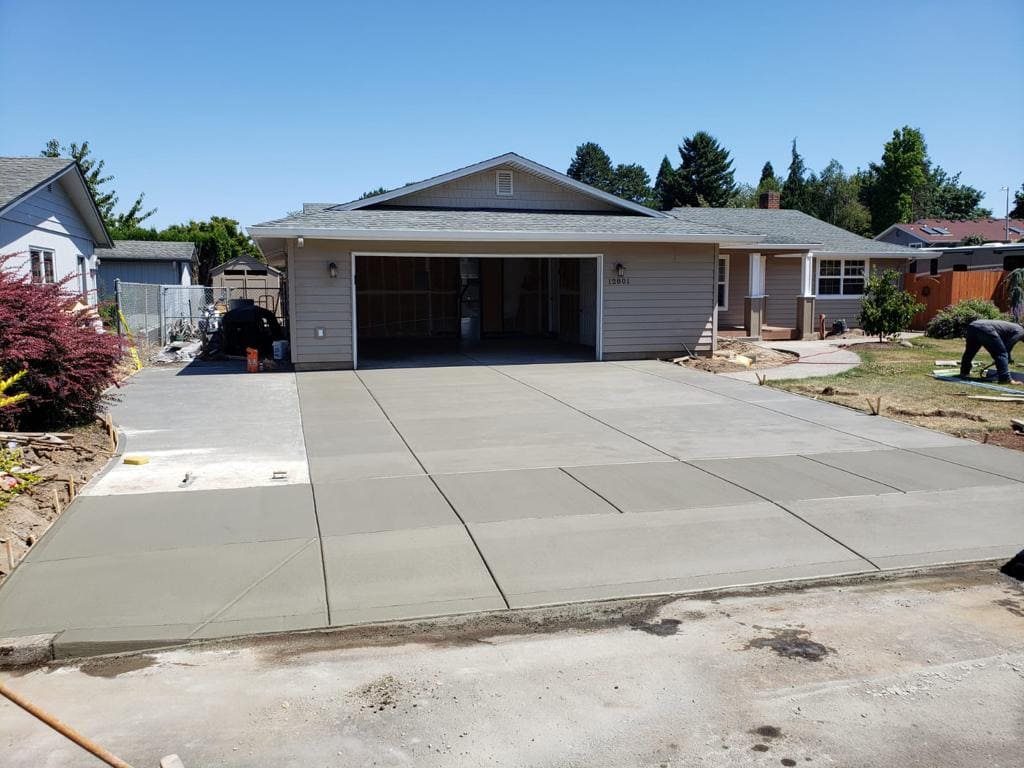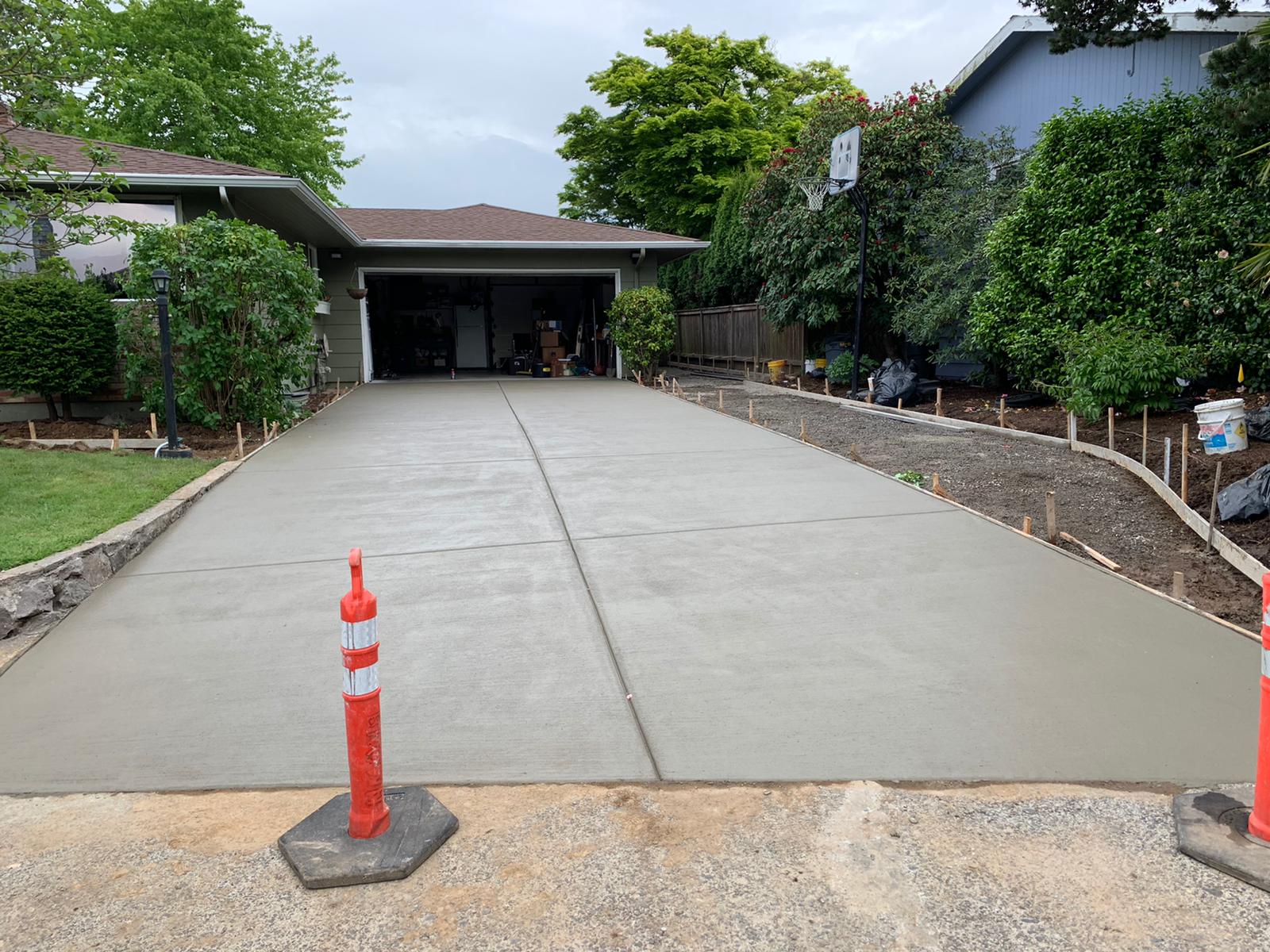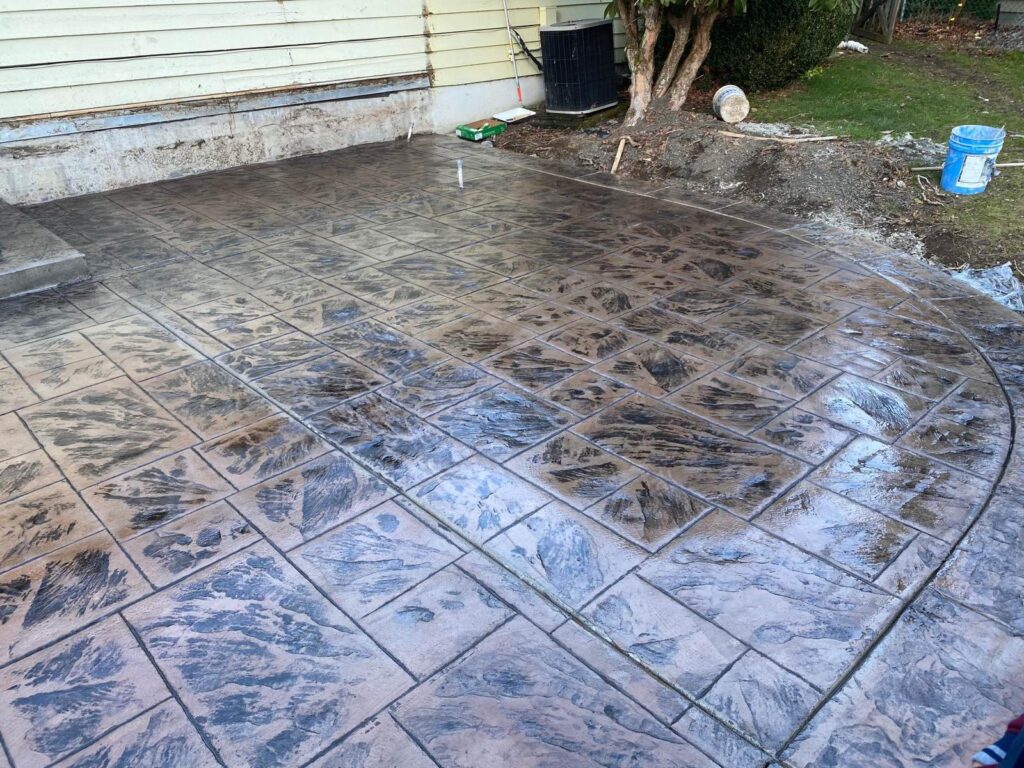When it involves building a durable and long-lasting concrete driveway, right-ground instruction is an important step that needs to now be addressed. A well-organized base guarantees the stableness and sturdiness of the driveway, stopping troubles together with cracking and choppy settling. This guide will stroll you through the crucial steps for floor training for a concrete driveway.
- Site Inspection and Layout:
Before you start any groundwork:
- Perform a radical inspection of the website.
- Identify any drainage troubles, uneven terrain, or areas with poor soil.
- Once you have a clean web page, mark the driveway format using stakes and string traces. This will serve as a manual at some stage in excavation.
2. Excavation:
Excavation is critical in growing a stable basis for your concrete driveway. Use a backhoe or an excavator to remove the topsoil and any debris. The intensity of excavation will rely on your specific undertaking and nearby constructing codes; however, normally, it levels from 6 to 8 inches. Guarantee that the excavation is uniform across the entire driveway area.
3.Grading and Sloping:
Proper grading and sloping are vital for adequate water drainage. The driveway ought to slope far away from structures to prevent water accumulation. A slope of at least 1/four inch, consistent with the foot, is suggested. Use a grading device to make certain a regular slope and compact the soil to create a solid base.
4. Adding a Geotextile Fabric:
To enhance the stability of the soil and minimize the risk of settlement, consider adding a geotextile fabric over the compacted subgrade. This fabric helps prevent mixing different soil layers and provides additional support to the concrete.
5. Subbase Installation:
The subbase layer serves to assist the concrete slab further. It is typically made from crushed stone or gravel and needs to be compacted to obtain maximum density. Aim for a subbase thickness of 4 to 6 inches, depending on the specific soil situations and the meant use of the driveway.
6.Compaction:
Compacting the soil and subbase is crucial to ensure balance and save you future settling. Use a plate compactor or a vibrating roller to reap the favored density. Compaction must be done in layers, and the entire driveway area should be compacted.
7.Edge Restraints:
Install side restraints along the perimeters of the driveway to prevent the concrete from spreading outward. The use of substances like plastic or steel forms may complete this. Proper side restraints help maintain the form and integrity of the driveway.
8.Moisture Barrier:
Consider applying a moisture barrier on the compacted subbase’s pinnacle to save water from seeping into the concrete. This is especially essential in regions with excessive groundwater ranges. A layer of plastic sheeting is normally used for this cause.
Conclusion
By following those crucial steps, you may ensure that your concrete driveway has a solid basis for better durability and durability. Proper floor education is the key to a prosperous and resilient concrete driveway to withstand the take-look of the time.in essence, a properly prepared ground is the bedrock of a hit concrete driveway project. It no longer only protects an easy, aesthetically eye-catching surface but also mitigates typical troubles like cracking and settling. Taking the effort and time to execute those steps diligently will repay in the form of a resilient, long-lasting driveway that provides value to your home.
Ready to embark on your concrete driveway project? Contact XcelentConcrete today!




